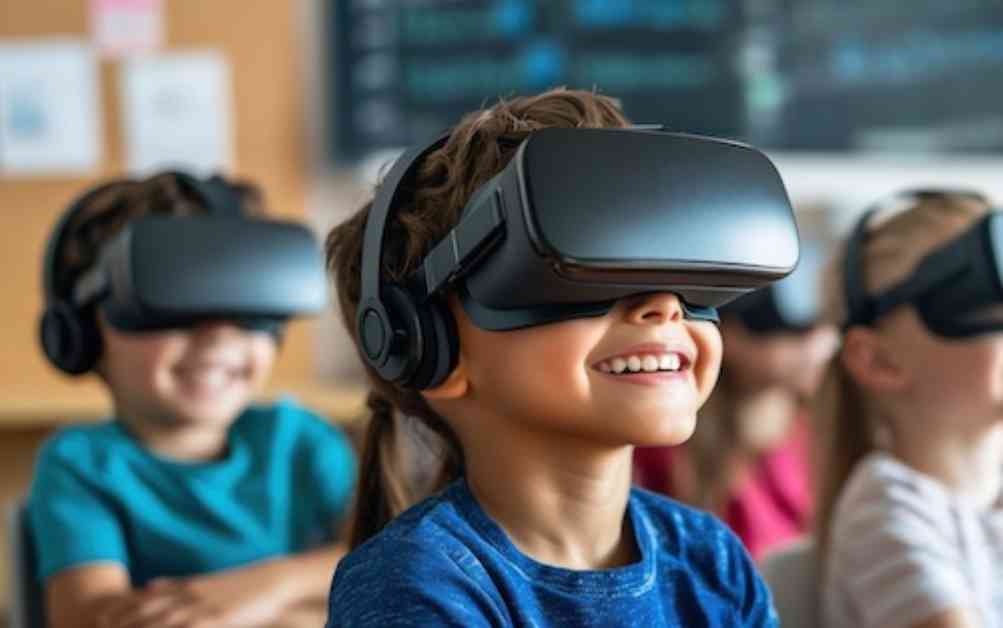The University of Georgia conducted a study to explore how virtual reality technology can enhance science learning for multilingual students. In the United States, where English is the primary language used in classrooms, multilingual students often face challenges expressing themselves, especially in subjects like science with complex terminology and sentence structures.
To address these challenges, a researcher at UGA developed an immersive virtual reality game to teach scientific concepts in new and innovative ways. The game used visual, audio, and body movements to provide students with multiple avenues to learn and express their understanding of the material. This approach, known as multimodal meaning-making, allows students to process and convey information using various methods beyond verbal communication.
The study found that multilingual students performed well in the virtual reality environment because they had the support needed to express their understanding in different ways. By incorporating nonverbal cues such as gestures and facial expressions, virtual reality can help bridge the communication barriers faced by multilingual learners in traditional classroom settings.
The research team collaborated with middle school science and English as a New Language teachers to develop the virtual reality game, which focused on visual and audio cues to enhance student engagement and learning. The study involved 97 seventh-grade students, with some using a virtual reality headset and others using a desktop computer to play the game.
Results showed that all students, including multilingual learners, demonstrated improvements in their test scores after playing the virtual reality game. Notably, students who used the immersive VR headset showed significantly greater improvement compared to those who used the desktop version. This suggests that the interactive and immersive nature of virtual reality can enhance students’ understanding and retention of scientific concepts.
While virtual reality technology may not be accessible in every classroom, the study underscores the importance of incorporating visual and nonverbal communication strategies to support multilingual students in their learning. Teachers can adopt innovative teaching methods, such as using visuals and hand gestures, to help students process information more effectively and overcome language barriers.
Overall, the research highlights the potential of virtual reality technology to transform science education for multilingual students, providing them with new opportunities to learn and express their understanding of complex concepts. By leveraging immersive experiences and nonverbal cues, educators can create inclusive learning environments that cater to the diverse needs of all students.







